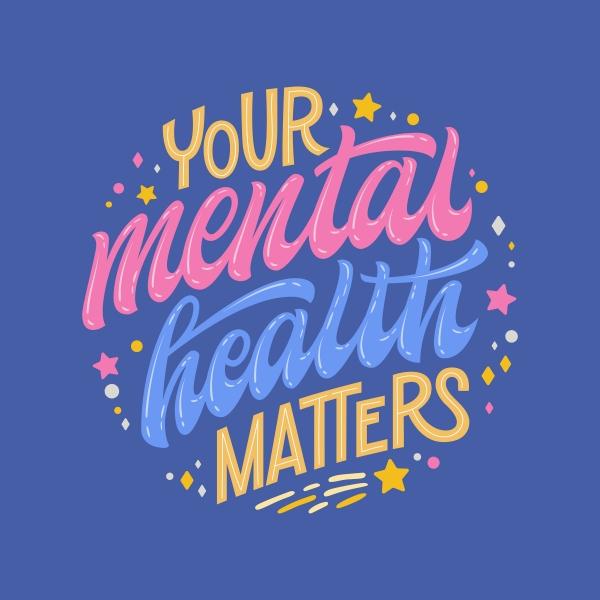Mental illness is truly an “equal opportunity” disorder and can affect anyone, striking without regard to age, race, religion, gender, social status, etc. Everyone has an equal chance of experiencing some type of symptom during their lifetime.
The 2020 National Survey on Drug Use and Health (NSDUH), published by the Substance Abuse and Mental Health Services Administration (SAMHSA), reported that 21 percent (52.9 million people) or approximately one in five U.S. adults experienced some form of mental illness. Considering this percentage, it is likely that each of us has a family member or friend who is currently dealing with or has been affected by some form of mental illness.
According to SAMHSA’s report, the most prevalent mental illnesses are anxiety disorders and major depressive episodes, affecting approximately 19.1 percent (48 million people) and 8.4 percent (21 million people), respectively. There are no common triggers for these conditions, but diagnosis and treatment can bring relief and vastly increased quality of life. Unfortunately, the average delay between onset of mental illness symptoms and treatment is 11 years. Another unfortunate statistic is that, in 2020, 11 percent of U.S. adults with mental illness had no insurance coverage.
As HR professionals and managers of employees, we often unknowingly witness the slow, progressive onset of mental illness. Although most of us do not have the credentials to diagnosis these diseases and disorders, we are generally adept observers and witness subtle behavior changes in our employees. What are our options, without the risking offending an employee or unintentionally invoking the “perceived to have a disability” portion of the ADA? Here are some ideas:
- Include discussion of mental health challenges as part of your DE&I initiatives.
- Train your managers to recognize and approach potential behavioral changes that could be indicators of mental illness. Partner with a local mental health professional to conduct the training.
- Post contact information for no- or low-cost community mental health resources on your company intranet, in your breakroom, and/or other common areas in the workplace. Most counties have these resources available.
- Ensure your EAP information is readily available to employees—again through your company intranet and via any pamphlets, etc., that may be available. Check these resources often to make sure they remain available.
- When a mental health issue needs an accommodation under the Americans with Disabilities Act, make sure you follow the required processes and document your discussions related to reasonable accommodation (see MRA's Americans with Disabilities Act Toolkit).
Finally, creating a culture of connection and communication is a key factor in supporting employees experiencing mental illness challenges. Authentic and empathetic leadership, with a goal of creating healthy employee relationships, can be created by not only asking “How are you?” but by regularly following with a question such as “How can we help you?” Following through on action items can create a workplace that sustains employees through a difficult time.

Some additional employer resources include:
American Psychiatric Association Center for Workplace Mental Health
American Psychological Association (APA)
Mental Health Disorders and Stress Affect Working-Age Americans (CDC)







